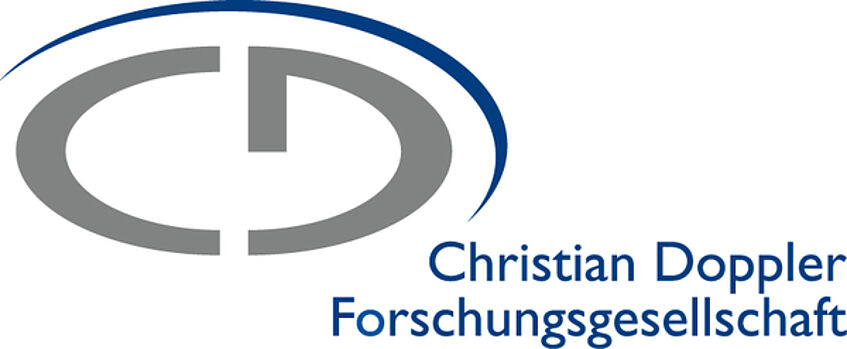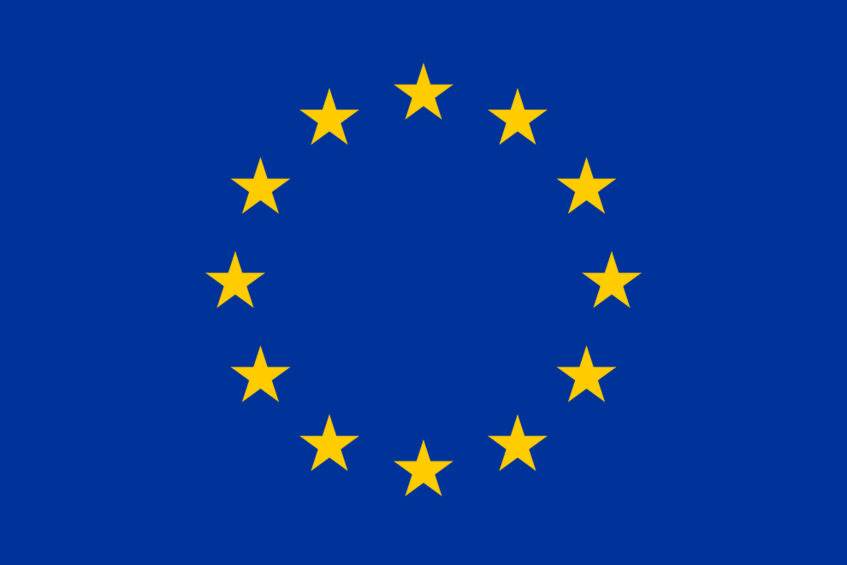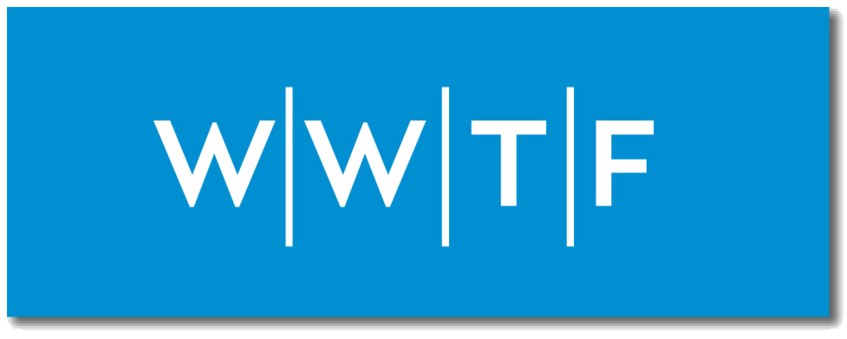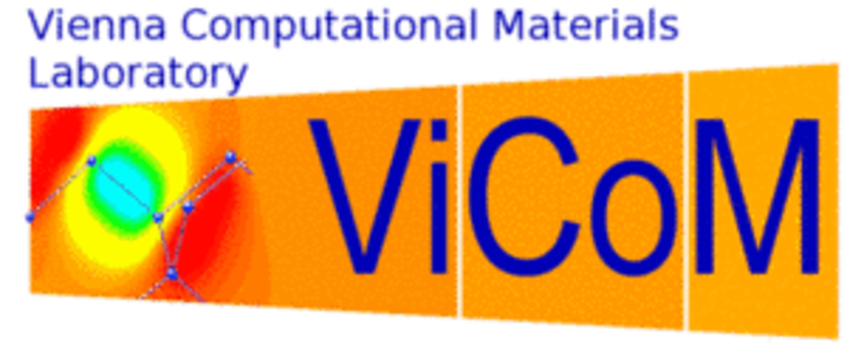Finished Projects
Studies of structure and dynamics of liquid magnets by SAXS and SANS

Project Lead: Jürgen Klepp
Lifetime: 2020-2022
Partners:
- Jürgen Klepp, University of Vienna
- Alenka Mertelj, Institut Jozef Stefan, Ljubljana, Slovenia
Scientific Aims:
The existence of polar, i.e. ferromagnetic or ferroelectric ordering, in dipolar liquids has been a long-standing open question. Some of the models predicted it some not. The main issue is that appropriate nearest neighbours’ positional and orientational correlations are crucial for the appearance of the polar phase and are difficult to predict correctly. Recently, it has been shown that in a special kind of ferrofluids, made of magnetic nanoplatelets suspended in alcohols above a certain volume fraction a ferromagnetic nematic phase appears. These ferrofluids are therefore liquid magnets and they are sensitive to very small magnetic fields. They present a unique model system, in which positional and magnetic correlations between the constituents can be studied, which are crucial for the existence of the ferromagnetic phase. The aim of this proposal is to join the expertise of the Slovenian research group at Institut Jozef Stefan in design and properties of liquid magnets with that of the Austrian research group at University of Vienna, Faculty of Physics on using SAXS and SANS for studies of the microstructure of materials.
ASSIC Austrian Smart Systems Integration Research Center

Project Lead: Dieter Suess
Lifetime: 1.2019-12.2022
Partners:
- ASSIC Austrian Smart Systems Integration Research Center
Scientific Aims:
The research activities of ASSIC Austrian Smart Systems Integration Research Center focus on intelligent system integration based on micro- and nanotechnologies. With its research activities, ASSIC offers sound system knowledge about components, technologies, materials, assembly and interconnection technologies.
ASSIC focuses on three research areas:
Microsystem Technologies: with a focus on the development of acoustic and magnetic micro components and technologies as well as on the associated manufacturing processes.
Heterogeneous Integration Technologies: comprises the research of functional packaging, assembly and interconnection technologies for micro-electro-mechanical system components, trendsetting thin-film packaging technologies and the integration of subsystems at chip level in micro modules.
Smart Systems Solutions: for the integration of functional modules into innovative photonic measurement systems, as well as for the development of necessary design methods and technologies.
ASTC – Recording consortium

Project Lead: Dieter Suess
Lifetime: 2011-2020
Partners:
- Western Digital
- Seagate
- HGST a Western Digital Company
Scientific Aims:
Within the research proposal various media design will be investigated concerning the potential for BPM and granular recording using heat assisted recording. The potential of shingled magnetic recording and center recording will be investigated. Furthermore pulsed magnetic recording, where the laser pulse is applied only for 100 ps or shorter is compared with continuous laser heating, where the laser power is switched on constantly.
Device Model for Wheel Sensors

Project Lead: Dieter Suess
Lifetime: 2017-2020
Partners:
- Frauscher
Scientific Aims:
Within this project, inductive railway sensors are investigated and optimized that are used to run, monitor and protect operational reailway network.
Multiscale Simulations of Power Loss of MHz Soft Magnets

Project Lead: Dieter Suess, Claas Abert
Lifetime: 7.2020-6.2022
Partners:
- Huawei RDA
Scientific Aims:
This project aims to investigate and optimize two dominant loss mechanisms in soft magnetic composites (SMC), namely hysteresis losses and eddy-currents losses. Advanced multiscale simulation techniques will be developed and applied in order to understand the influence of material parameters and geometry on these loss mechanism. This will enable the optimization of the granular core materials for MHz power applications.
Christian Doppler Laboratory – Amsen

Project Lead: Dieter Suess
Lifetime: 7.2013-6.2020
Partners:
- Infineon AG
- Magnetfabrik Bonn
- Donauuniversität Krems
Scientific Aims:
Within this project we aim to apply advanced simulation techniques for the development and design of new sensor devices for the automotive industry, which are also applicable for bio application. This project which involves world renowned experts in micromagnetics and Infineon, the world market leader in semiconductor based sensors will lead to the unique opportunity to solve the challenging problem of computer aided design and development of large scale semiconductor-based magnetic sensors.
The applicant’s micromagnetic simulation software FEMME is used by major companies worldwide for the optimization of giant magnetoresistance (GMR) and tunnel magnetoresistance (TMR) read heads in hard disc drive systems. The application of this software tool for the design of magnetic sensors for automotive industry and bio application is far from obvious and it is a very challenging task. The challenge is that the involved lateral dimensions in this new application area are at least by a factor 10 larger. This increases the number of unknowns for 3D simulation by a factor of 1000. Hence, innovative and new modeling concepts have to be developed in order to succeed with this task.
The work of this proposal brings together Austrian expert groups which are world leaders in their field. This interplay between simulation and experiments is believed to be the key success factor of this project. This combined effort will be used to optimize existing sensors, to solve performance issues, and to develop new designs for improved sensing.
Magnetic measurement with absolute single micron accuracy (MASMA)

Project Lead: Dieter Suess
Lifetime: 5.2019-5.2020
Partners:
- BOGEN Electronic GmbH, Germany
- INESC Microsystems and Microtechnology, Portugal
Scientific Aims:
- to bring a new magnetic measurement solution with high accuracy
- to improve BOGEN’s position in the magnetic measurement market
- to increase the turnover and create new jobs
Structure and dynamics of interfaces in ferroic materials

Project Lead: Wilfried Schranz
Lifetime: 1.2016-12.2019
Partners:
- Michael A. Carpenter (Department of Earth Sciences, University of Cambridge, UK)
- Francesco Cordero (CNR-ISC, Istituto dei Sistemi Complessi, Rome, Italy)
- Joke Hadermann (Electron Microscopy for Materials Science, University of Antwerp, Antwerp, Belgium)
- Lukas Eng (Technische Universität Dresden, Institut für Angewandte Photophysik, Dresden, Germany)
- Jirka Hlinka, Vaclav Janovec (Department of Dielectrics, Czech Academy of Sciences, Prague, CR)
- Christoph Meingast (Institut für Festkörperphysik, Karlsruhe Institute of Technology, Karlsruhe, Germany)
- Ztravko Kutnjak (F5 Condensed Matter Physics, Institute Jozef Stefan, Ljubljana, Slovenia)
Scientific Aims:
Currently there is an exciting change in the way how materials properties are approached. Previously, scientists have treated the structure as homogeneous but increasingly they are considering the alternative paradigm where the local structure is different from the apparent average symmetry. In fact in many materials with superior properties (giant piezoelectrics near morphotropic phase boundaries, materials for ferroic cooling, relaxors, high-Tc superconductors, etc.) the properties of the crystals seem to become dominated by a combination of both the domains and the domain boundaries. Although some excellent work has already been done, there are many open questions concerning the way how the macroscopic properties of materials are controlled by the functionality of interfaces like twin walls, phase fronts, etc.
Understanding the structure, static properties and dynamic behaviour of interfaces is the central topic of the present project. The aim is to link local and average structures across different length scales and to clarify their influence on the macroscopic properties of the materials.
We are targeting on the following major aims:
- Investigate symmetry of domain twins, related symmetry allowed displacements and corresponding order parameter couplings to calculate profiles and functional properties within domain walls of finite thickness.
- Study the role of functional domain walls on the macroscopic properties of materials. What is the role of domain miniaturisation on superior materials properties?
- Investigate dynamics of domain walls to shed light onto the question: “Is domain freezing a glass transition?” Can it be described in the frame of glass – theory?
We feel that most of these problems – although they are posed for quite different systems - are intimately related since they share many common features. Thus solving questions on one topic (e.g. domain wall motion in perovskites) will help to better understand the behaviour of other systems (e.g. giant electromechanical response in relaxors, etc.). Many of the findings of the project are expected to have eminent implications for a basis of designing novel functional materials with superior properties.
Reflection gratings for neutrons based on nanocomposite materials

Project Lead: Jürgen Klepp
Lifetime: 2018-2019
Partners:
- Irena Drevensek-Olenik, University of Ljubljana
- Jozef Stefan Institut, Ljubljana, Slovenia
Scientific Aims:
Neutron interferometry with three perfect-crystal slabs in Laue geometry (triple-Laue, or LLL) is a tool especially suited for investigation of fundamental physics questions. Unfortunately, with its thick-crystal components, at least half of the intensity is lost at the second slab because the diffraction efficiency (reflectivity) is rapidly oscillating as a function of angle of incidence. Thus, in most cases, only an averaged, smeared-out rocking curve (reflectivity vs incident angle) can be observed with a realistic beam divergence. A possible workaround to this intrinsic intensity-loss problem could be to employ Bragg-geometry for some or all of the interferometer components. Instead of LLL-, one could construct LBL (Laue-Bragg-Laue) interferometers. The Bragg-geometry's major advantage is that its reflectivity shows a so-called Darwin-plateau: The reflectivity might reach unity and be constant in a relatively wide neighborhood of the Bragg angle.
In recent years, we have put forward nanocomposite materials as complementary approach to develop neutron-optical devices for cold and very cold neutrons. The proposed project is dedicated to proof-of-principle experiments to show that artificial, non-crystalline grating structures -- optically recorded in nanocomposite materials -- can work in Bragg-geometry for neutron diffraction.
FWF – DACH project

Project Lead: Dieter Suess
Lifetime: 1.2016-12.2018
Partners:
- Prof. Dr. Manfred Albrecht, University of Augsburg
- Prof. Dr. Hans Hug, Empa Dübendorf
Scientific Aims:
Heat-assisted recording (HAMR) combined with bit-patterned media (BPM) is one of the candidate technologies to overcome present limits in magnetic recording and to possibly extend magnetic recording to storage densities of several tens of Tb/in2. BMP are required to reduce the transition jitter noise that would be present in granular recording media, where the bit transitions are invariably irregular given that each bit requires about 30 irregular magnetic grains of the recording media. To ensure stability of the magnetic information over time, high anisotropy is engineered, which gives rise to a large coercivity. In turn heat assistance is necessary to raise the temperature during writing thereby reducing the medium coercivity to levels that can be written. However, elevated temperatures also lower the magnetization which substantially increases thermally induced recording errors. One of the co-applicants (D. Suess) has proposed a composite media structure, consisting of two exchange-coupled layers with different Curie temperatures, to overcome the above limitations.
The goal of the project addresses a novel exchange-coupled composite Curie temperature modulated bilayer system for HAMR/BPM. Unique experimental methods are available in the two experimental groups with a thorough background in magnetic thin film research. The experimental work will be supported by a theory group having a long-standing experience in the field of magnetic recording systems.
WWTF Project “Mathematik und…” – Thermally controlled magnetization dynamics

Project Lead: Dieter Suess
Liftetime: 1.2015-9.2018
Partners:
- Prof. Dirk Praetorius, Institute for Analysis and Scientific Computing
- Dr. Thomas Schrefl, Donauuniversität Krems
Scientific Aims:
The main objectives of the project is to develop mathematically reliable, numerically stable, and computationally effective FEM integrators for the simulation of thermally driven magnetization dynamics at the mesoscale. This includes to implement a FEM integrator for thermally driven magnetization dynamics for production runs on massively parallel hardware architectures. The achieved results and derived implementations will be validated with real-life data provided by, Seagate Technology. With the techniques and developed simulation tools, we will provide computational guidelines for the design of composite magnetic structures for future ultra-high storage devices.
SFB – ViCoM „Vienna Computational Materials Laboratory“

Lifetime: 6.2010-5.2018
Partners:
- Prof. Dr. Dieter Suess, Physics of Functional Materials, University of Vienna
- Prof. Kresse, Georg,University of Vienna Computational Materials Physics
- Prof. Held, Karsten, Vienna University of Technology, Institute of Solid State Physics
- Prof. Verstraete, Frank, University of Vienna Quantum Optics, Quantum Nanophysics & Quantum Information
- Prof. Burgdörfer, Joachim Vienna University of Technology Institute of Theoretical Physics
- Prof. Mauser, Norbert J., University of Vienna Department of Mathematics & Wolfgang Pauli Institute (WPI), Vienna
- Prof. Blaha, Peter, Vienna University of Technology Institute of Materials Chemistry
- Prof. Mohn, Peter Vienna University of Technology Institute of Applied Physics
- Prof. Podloucky, Raimund, University of Vienna, Physical Chemistry
- Prof. Dellago, Christoph, University of Vienna, Compuational Physics
- Prof. Likos, Christos N. University of Vienna Compuational Physics
- Prof. Boeri, Lilia, Graz University of Technology Institute of Theoretical and Computational Physics
- Prof. Andergassen, Sabine, Universität Tübingen, Institut für Theoretische Physik
Scientific Aims:
The “Spezialforschungsbereich Vienna Computational Materials Laboratory” (“SFB ViCoM”) is a Special Research Area on Computational Materials Science (Project Number: “Spezialforschungsbereich F41”), funded by the Austrian Science Fund (FWF) and managed mainly by researchers of the University of Vienna and the Vienna University of Technology.
The research of the Vienna Computational Materials Laboratory will mainly focus on an improved description of electronic correlation in solids. The newly developed methods will be applied to cutting-edge materials research using state-of-the-art multi scale methods. The total funding of the Vienna Computational Materials Laboratory for the first 4 years amounts to 3.9 million euros.
Neutron polarizers based on polymer-nanoparticle composites

Project Lead: Jürgen Klepp
Lifetime: 2016-2017
Partners:
- Martin Copic, Jozef Stefan Institut, Ljubljana, Slovenia
Scientific Aims:
We aim at demonstrating that polymer structures can be loaded with ferromagnetic/superparamagnetic NP species to obtain optical elements that work as polarizing beamsplitter for CN and VCN instrumentation. Nanotechnology, i.e. methods associated with this term, has become standard lab-technology. Surprisingly, it has found little appreciation in neutron optics. We intend to take advantage of the many interesting features of nanocomposite materials and apply them to the field of neutron optics. We emphasize the prospects of our ideas for neutron scattering instruments relying on cold neutrons. A business-card-size polarizing beamsplitter implemented in a small electromagnet can easily be included in the set-up of existing SANS instruments. Such an add-on would promptly expand the applicability of instruments so far not equipped with polarized-neutron options to a much wider range of scientific questions.
